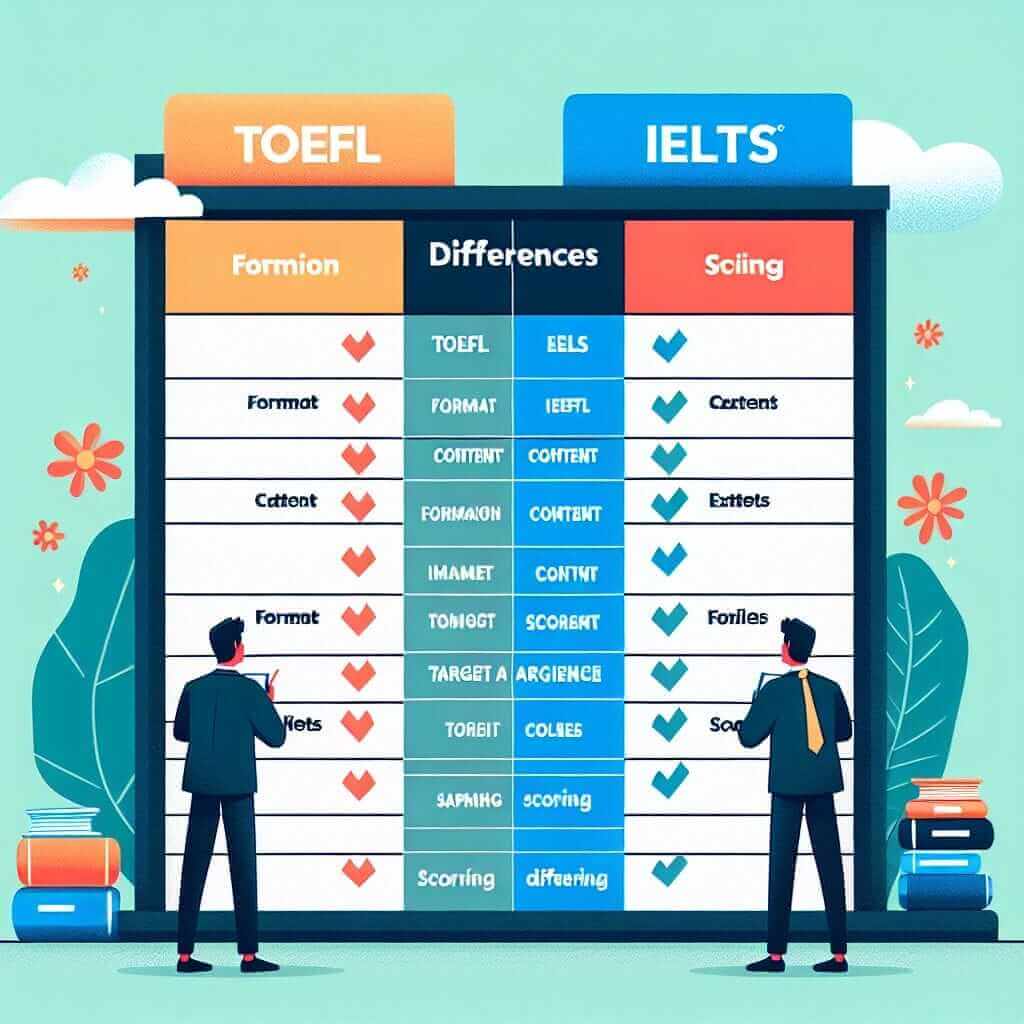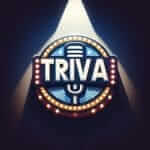Introduction
As an IELTS instructor with over two decades of experience, I often encounter students grappling with the decision of choosing the right English proficiency test. Both TOEFL and IELTS are globally recognized exams, but understanding their differences is crucial for success. This comprehensive guide will delve into the nuances of each test, equipping you with the knowledge to make an informed decision.
TOEFL vs IELTS: A Detailed Comparison
Test Purpose and Target Audience
While both exams assess English language proficiency, their primary purposes differ:
-
TOEFL (Test of English as a Foreign Language): Primarily designed for academic purposes, TOEFL is widely accepted by universities and institutions in North America and Canada. It evaluates your readiness for English-medium instruction and academic coursework.
-
IELTS (International English Language Testing System): IELTS caters to both academic and general training purposes. The Academic IELTS is suitable for university admissions and professional registration, while the General Training IELTS focuses on work experience and migration.
Exam Format and Content
TOEFL iBT (Internet-based Test)
- Duration: Approximately 4 hours
- Sections: Reading, Listening, Speaking (recorded responses), Writing (essay-based)
- Scoring: Each section receives a score from 0-30, with a total score out of 120.
- American English Accent: The test predominantly uses American English accents and spellings.
IELTS
- Duration: Approximately 2 hours and 45 minutes
- Sections: Reading, Listening, Speaking (face-to-face interview), Writing (essay and task-based)
- Scoring: Each section is graded on a band scale of 0-9, with an overall band score calculated as an average.
- Variety of Accents: IELTS incorporates a range of native English accents, including British, American, Australian, and Canadian.
 TOEFL vs IELTS Comparison Chart
TOEFL vs IELTS Comparison Chart
Speaking Test – A Key Differentiator
One of the most significant differences lies in the Speaking section:
-
TOEFL: Requires speaking into a microphone and recording answers, often within a time limit. This format can be challenging for some test-takers who prefer live interaction.
-
IELTS: Features a face-to-face interview with a certified examiner. This allows for more natural conversation flow and the opportunity to clarify questions or seek repetition.
Making the Right Choice – Which Test is for You?
Consider these factors when choosing between TOEFL and IELTS:
- Target Institutions: Check the specific English proficiency requirements of the universities or organizations you’re applying to.
- Test Availability and Location: Research test dates and locations that are convenient for you.
- Personal Preferences: Reflect on your strengths and weaknesses. If you thrive in conversational settings, IELTS might be a better fit. If you prefer structured responses and American English, TOEFL could be more suitable.
Conclusion
Ultimately, the “better” test depends on your individual needs and goals. Thoroughly understand the differences, play to your strengths, and dedicate ample time to preparation. With focused effort, you can achieve your desired score in either TOEFL or IELTS.


